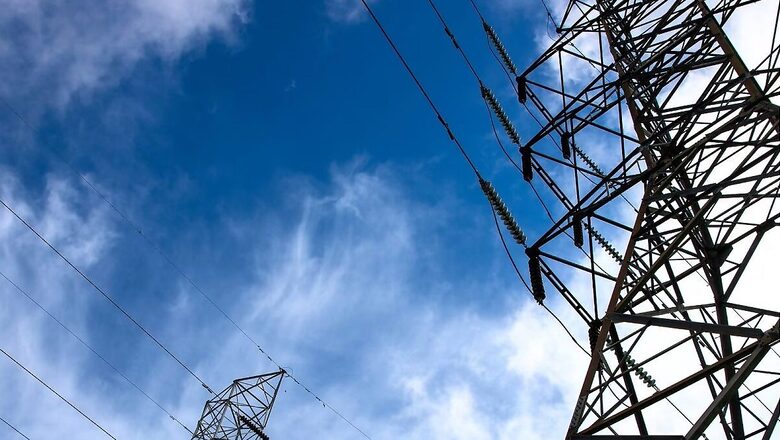
views
As the temperatures cross 45 degrees Celsius in many parts of India, reports of power cuts have risen on social media platforms including LocalCircles. The frequency of outages has increased in several states including Uttar Pradesh, Haryana, and Maharashtra. The highest number of complaints in the last week have come from Noida, Greater Noida, Gurugram and Faridabad, and some neighbourhoods of Delhi.
Delhi on Wednesday reached its peak power demand in the history of the capital at 8,000MW as an increasing number of homes and commercial buildings use air conditioners to maintain temperatures.
In response to the woes of the public, LocalCircles attempted to find out through a national survey on how frequent and long are these power cuts and what do they believe are the key reasons for these cuts. The survey received over 28,000 responses from 15,000+ household consumers located in 364 districts of India. 66% respondents were men while 34% respondents were women. 40% respondents were from tier 1, 27% from tier 2, and 33% from tier 3 & 4 districts.
The duration of power outages is not uniform across the country, states, or even cities. The survey asked citizens, “On average how many hours of power/ electricity outage (from power department/ company) are you experiencing each day at your home?” Out of 14,168 who responded to the question, 58% indicated that they are “not facing any outage”. Of the remaining respondents, 20% indicated “up to 2 hours”, 14% indicated “2-4 hours”, 2% of respondents indicated “4-8 hours”, 2% indicated “8-12 hours”, while 2% did not give a clear response, and 2% respondents stated, “I don’t know because we have 24X7 power backup”.
To sum up, 38% of households surveyed are experiencing power outages; 18% are experiencing them for 2-12 hours while 20% of them are experiencing them up to 2 hours. A similar exercise conducted by LocalCircles in February found that 20% of the households were generally experiencing power outages on a daily basis. With rising temperatures and distribution companies (discoms) in many parts of the country not preparing for summer demand, the numbers have surged to 38%.
Every time there are major outages, different reasons are cited. Regular outages are either ignored or blamed on the weather, maintenance work, or indiscipline of the state utilities. The survey next asked, “What all do you believe are the reasons for the power outages in your area/ district?” The question received 14,259 responses with some indicating more than one reason for the power outages. The biggest reason indicated by 52% of respondents is “poor supply infrastructure and its maintenance”, 50% blamed “poorly governed and managed power department/ utility company”, 45% indicated “power thefts”, 34% indicated “corruption”, 14% stated “not enough supply capacity”, 11% attributed it to “hot weather”, and 2% to “other reasons” not mentioned. In addition, 11% did not give a clear response.
In essence, poorly governed and managed power departments, supply infrastructure and maintenance along with power thefts are top reasons, according to people, for outages in their areas. It must be noted here that the majority of those facing outages believe that mismanagement and lack of preparedness by discoms is the root cause and not the hot weather.
Despite decades of efforts and huge investments, power utilities continue to bleed, resulting in poor maintenance and infrastructure. As the survey shows, the public is aware of where the problem lies and what needs to be done to manage the system more efficiently.
Explore in-depth coverage of Lok Sabha Election 2024 Schedule, Voter Turnout, Upcoming Phase And Much More At News18 Website

















Comments
0 comment